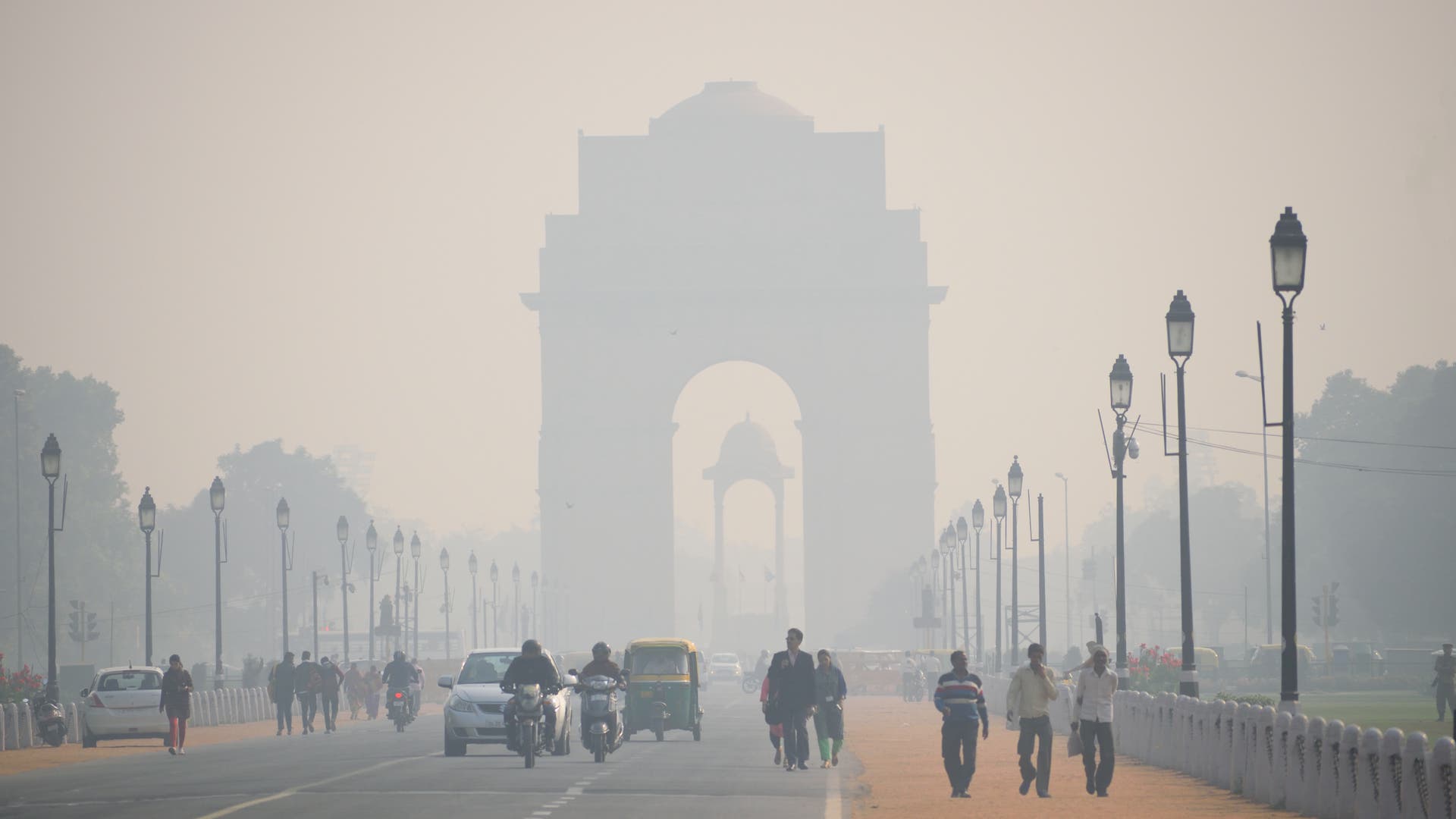The Indian capital, New Delhi, has the dirtiest air of any capital in the world. In addition, the extremely dense smog is unique in the world because it seems to defy all laws of chemistry. Fine dust particles form at night, whereas practically everywhere else they only form when sunlight triggers chemical reactions of pollutants. A team led by Sachchida Nand Tripathi of the Indian Institute of Technology in Kanpur and André Prévot of the Paul Scherrer Institute in Switzerland has now explained how particles form when none actually occur. As reported by the group in Nature GeoscienceThe tiny particles produced when wood is burned are behind this phenomenon. It is gaseous and invisible during the day, but when the temperature drops at night, it condenses into visible particles that form a thick smog.
This mechanism generates huge amounts of harmful fine dust, especially in the winter season. With up to 500 micrograms of dust per cubic meter of air, the atmosphere in New Delhi is about seven times more polluted than in the Chinese capital Beijing, which isn’t quite as famous for its clean air. In order to determine the cause of this exceptional air pollution, experts set up measuring devices in New Delhi in January and February 2019, which measure the number of dust particles, determine their chemical composition, and analyze gaseous substances in the air. It turns out that the combustion products of wood play an important role.Wood is a complex material made of cellulose on the one hand and the polymer lignin on the other. Lignin is composed of interconnected benzene rings and releases into the fire small molecules based on this basic unit. Cellulose consists of sugars linked together, which can also be broken down into small molecules using such ring basic units. These substances initially form as vapor, but because their boiling points are usually between 100 and 250 degrees Celsius, they condense at the slightest opportunity – just like water vapor condenses into fog.
This opportunity comes in the evening when lower temperatures destabilize the gas from organic molecules. Substances such as cresol, toluene, and similar particles begin to condense into fine particles that can be seen as smog. According to the working group’s report, this doubles the mass of dust in the atmosphere. The mechanism is fundamentally different from the natural formation of fine dust caused by sunlight, in which larger particles are formed as a result of radical reactions, which then clump together to form dust. Nand Tripathi and Prévôt are currently conducting long-term air quality studies at several locations in the city to determine the relationship between various sources of pollution and local air quality. The data should help take measures against smog.

“Alcohol buff. Troublemaker. Introvert. Student. Social media lover. Web ninja. Bacon fan. Reader.”






More Stories
Ecologists Celebrate New Xesap National Park in Laos | Science
Is the wrong diet making you forget?
We can study it with a new telescope.